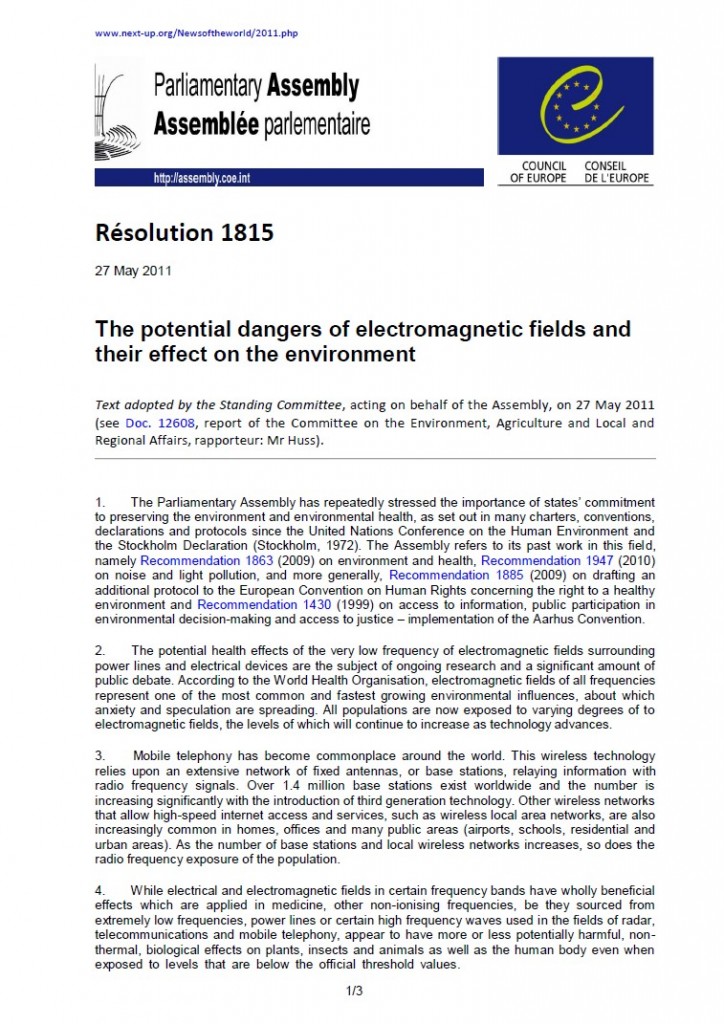Portada del sitio > Fauna > BBC NATURE: Bumblebees sense flowers’ electric fields. The findings are (...)
BBC NATURE: Bumblebees sense flowers’ electric fields. The findings are published in the online journal "Science". Prof Robert summed up: "We know they can detect these electrostatic fields... this is the tip of the iceberg, there’s so much more that we haven’t seen yet."
Domingo 24 de febrero de 2013 · 13743 lecturas
Bumblebees sense flowers’ electric fields
By Ben Aviss
Reporter, BBC Nature
Beyond the naked eye: differences in electric signals provide bees with information about a flower
Bumblebees (Bombus terrestris) can detect flowers’ electric fields, scientists have discovered.
Results indicate floral electric fields improve the bees’ ability to discriminate between different flowers.
When used with visual signals, electrical cues can enhance the bee’s memory of floral rewards.
Researchers suggest this method of signalling provides rapid and dynamic communication between plants and pollinators.
The findings are published in the online journal Science Express.
Flowering plants reward pollinators with nectar and pollen in return for their assistance in the flowers’ sexual reproduction.
Flowers attract pollinators using cues such as bright colours, patterns and enticing fragrances but this study suggests the importance of electrostatic information as an additional cue for the first time.
"Of course it has existed for a long time but this is a new way we can look at the interactions between bees and flowers," said Prof Daniel Robert of the University of Bristol.
"This doesn’t throw away any of the previous work on cues that flowers are using, it adds another layer on top of that."
Prof Robert and his team were studying the mechanism of pollen transfer between flowers via an insect pollinator.
"What the pollen needs to ’know’ is when to ’jump’ onto the ’vehicle’ - the bee - and when to get off it. So it’s a selective adhesion type of question," Prof Robert told BBC Nature.
Electric attraction
The team’s investigation highlighted the possible importance of electrostatic forces.
This is the tip of the iceberg, there’s so much more that we haven’t seen yet”
Prof Daniel Robert University of Bristol
"We looked at [existing] literature and realised that the bees were being positively charged when they fly around, and that flowers have a negative potential.
"There’s always this electrical bias around. As a sensory biologist, suddenly I thought: can the bees sense that?" Prof Robert said.
Dominic Clarke, one of the lead authors, designed "fake" electric flowers in a laboratory "flying arena" to prove that electric fields are important floral cues.
Electric flowers with a positive charge offered a sucrose reward while those without offered a bitter quinine solution.
Bumblebees were allowed 50 visits in the flying arena and the last 10 visits showed the bees had learnt to tell the difference between the flowers.
Eliminating other variables in the bee ’flying arena’
When the electric field was turned off, "the bee goes back to selecting at random because it hasn’t got a way to tell the difference between them any more," commented Mr Clarke.
"That’s how we know it was the electric field that they were learning."
"Animals are just constantly surprising us as to how good their senses are. More and more we’re starting to see that nature’s senses are almost as good as they could possibly be," Mr Clarke told BBC Nature.
Prof Robert summed up: "We know they can detect these electrostatic fields... this is the tip of the iceberg, there’s so much more that we haven’t seen yet."
Ver la noticia original AQUÍ
ABSTRACT ORIGINAL:
Detection and Learning of Floral Electric Fields by Bumblebees
Dominic Clarke*, Heather Whitney*, Gregory Sutton, Daniel Robert�
+ Author Affiliations
School of Biological Sciences, University of Bristol, Woodland Road, Bristol, BS8 1UG, UK.
↵�Corresponding author. E-mail: D.Robert@Bristol.ac.uk
↵* These authors contributed equally to this study
ABSTRACT
Insects use several senses to forage, detecting floral cues such as color, shape, pattern, and volatiles. We report a formerly unappreciated sensory modality in bumblebees (Bombus terrestris), detection of floral electric fields. These fields act as floral cues, which are affected by the visit of naturally charged bees. Like visual cues, floral electric fields exhibit variations in pattern and structure, which can be discriminated by bumblebees. We also show that such electric field information contributes to the complex array of floral cues that together improve a pollinator’s memory of floral rewards. Because floral electric fields can change within seconds, this sensory modality may facilitate rapid and dynamic communication between flowers and their pollinators.
Ver el abstract del trabajo original AQUÍ







